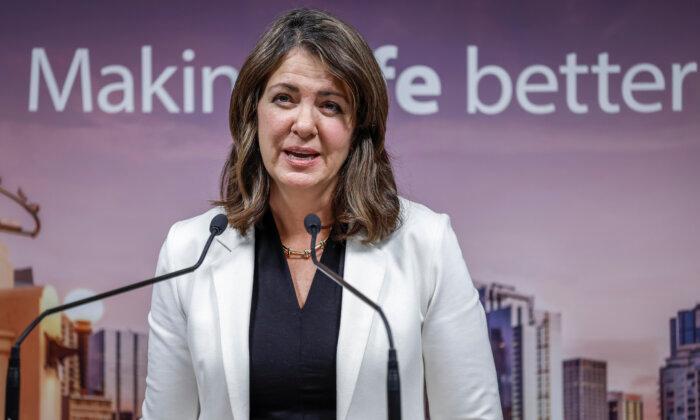More than 1,000 people have died in British Columbia from street drug overdoses, mostly caused by fentanyl, in the first five months of 2023, according to the BC Coroners Service.
The newest statistics indicate more people are dying from overdoses or drug toxicity from street drugs than all the deaths combined from murders, suicides, accidents, and natural disease.
Chief coroner Lisa Lapointe said that illicit fentanyl is the drug driving the public health emergency, and that her agency is finding it in almost nine out of every 10 results—nearly double the positivity rate of methamphetamine and cocaine, the next most commonly identified drugs.
‘Toxic’ Black Market
Lapointe blames the “profit-driven unregulated market” for putting lives at risk and called for “a safer substance supply as an alternative to the toxic black market.”Youth Drug Use
B.C.’s representative for children and youth, Jennifer Charlesworth, said on June 5 that “safe supply is an alternative to the poison that is available on the street, and I’ll repeat, for emphasis, what I said earlier: there’s no indication from our data that diverted safe supply is causing overdoses for children and youth.”Charlesworth made the comments after federal Opposition Leader Pierre Poilievre suggested earlier this month that the B.C. and federal governments are making the overdose crisis worse, because prescription hydromorphone, provided by the government for free, “gets sold to kids” by drug addicts, who then use the money to buy harder drugs, like fentanyl.
B.C. also became the first province in Canada to provide full coverage of opioid treatment medications as of June 6 to addicts under the province’s health care plan. According to the Ministry of Mental Health and Addictions, out of 34,520 who receive treatment medications like methadone, an additional 1,630 individuals with substance abuse issues will no longer have to pay out of pocket for their drugs.
Also on June 19, the BC Coroners Service revealed the results of a new report, which found that 62 percent of illicit drug deaths among youth are in males aged 17 and 18 years old, and more than 70 percent of the deaths occur in private residences.
Of those that died from drugs, 73 percent of those were receiving or had received services through the B.C. Ministry of Children and Family Development. Sixty-seven percent had been diagnosed with a mental health issue or had anecdotal evidence of suffering from a mental health disorder.
Fentanyl or derivatives were found in 78 percent of all deaths, sometimes along with other substances, while hydromorphone was present in 8 percent of deaths.
“We know that young people are not immune from the extreme dangers of the unregulated drug supply,” said Lapointe.





